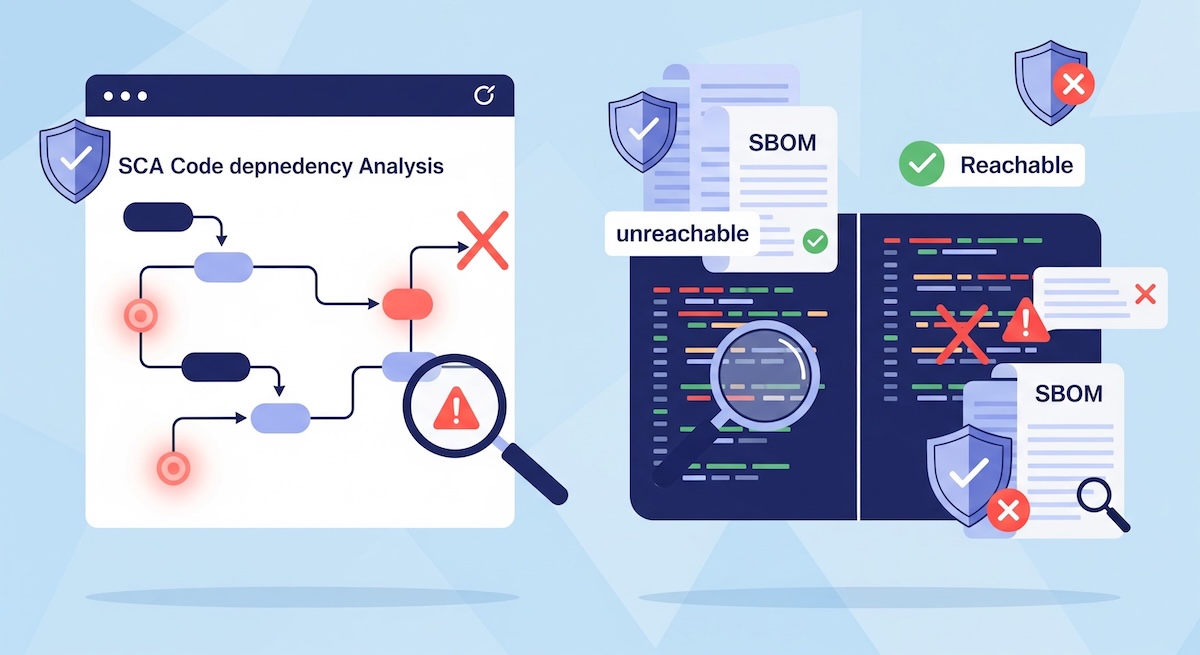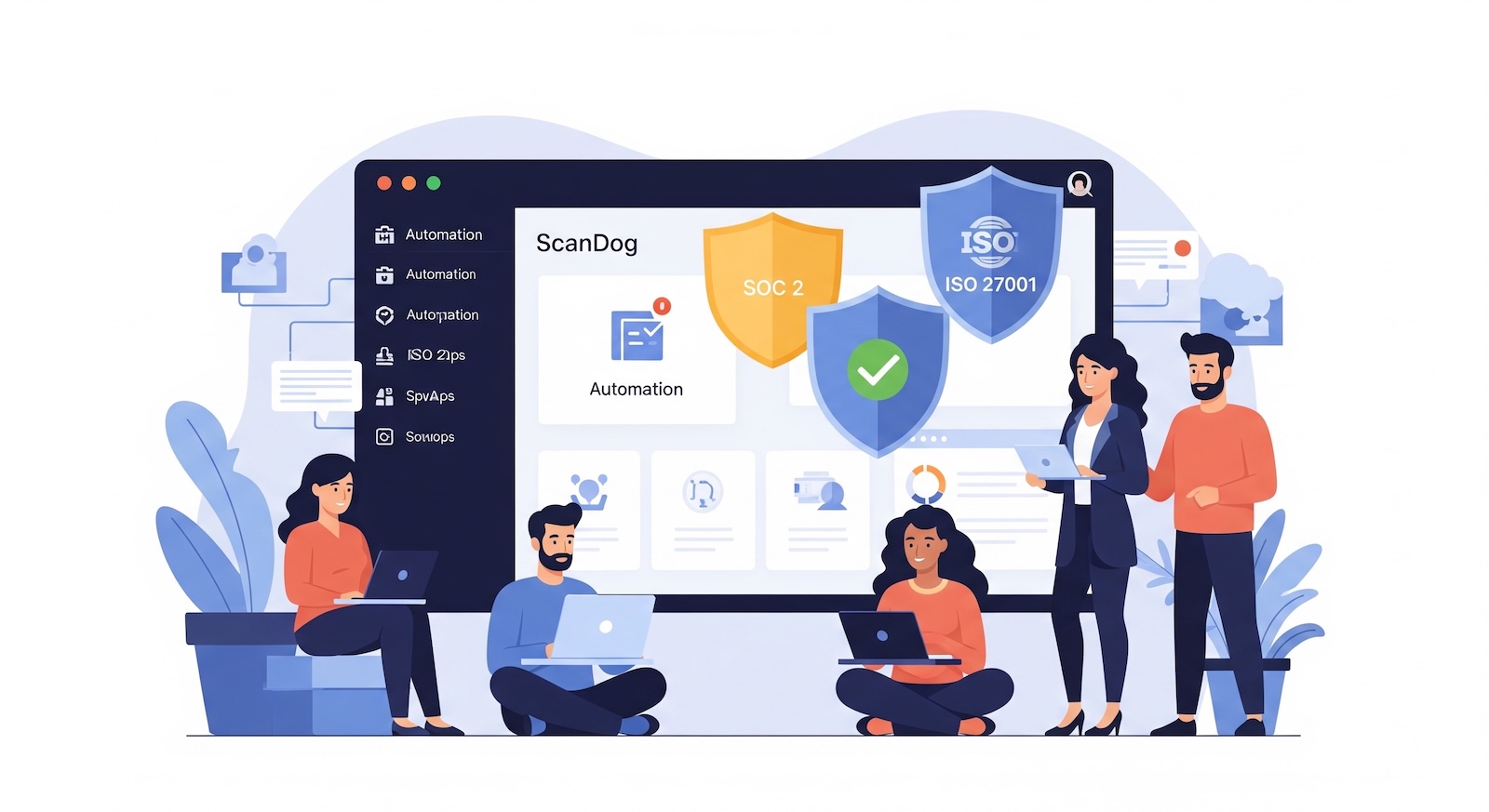Application Security Posture Management (ASPM) is a growing category in cybersecurity that helps teams gain visibility into their software security risk, prioritize threats, and continuously improve their application security posture.
As modern applications rely on complex CI/CD pipelines, cloud-native architectures, and third-party dependencies, traditional security tools struggle to keep up. That’s where ASPM comes in.
Learn more about ScanDog’s ASPM capabilities: Explore our comprehensive security platform that combines SAST, SCA, DAST, and container scanning with AI-powered fixes and smart prioritization.
What Does ASPM Stand For?
ASPM stands for Application Security Posture Management.
It refers to a centralized approach to monitoring, measuring, and improving the security posture of applications across development, staging, and production environments.
Think of ASPM as the “SIEM” for your application layer — but purpose-built for code, APIs, SBOMs, and modern pipelines.
Why is ASPM Needed?
Modern security teams face these challenges:
- Disparate security tools across the SDLC
- Overwhelming false positives from scanners
- Blind spots in third-party software or IaC
- Lack of visibility into unresolved risk
ASPM addresses these by:
- Aggregating security signals across SAST, DAST, SCA, and IaC
- Normalizing and deduplicating alerts
- Mapping findings to applications, services, and teams
- Prioritizing based on exploitability and business context
How ASPM Works
Here’s how an ASPM platform like Scandog functions:
- Ingest data from tools like Snyk, Trivy, GitHub, and custom scanners
- Correlate findings to specific repos, services, and pipelines
- Visualize security posture by team, environment, or business unit
- Remediate by auto-generating tickets and PRs, and tracking SLAs
- Improve posture with insights, trends, and risk scoring
ASPM vs CSPM
| Feature | ASPM | CSPM |
|---|---|---|
| Focus | Application security | Cloud infrastructure security |
| Data sources | SAST, DAST, SCA, IaC, APIs | IAM, storage, networking configs |
| Users | AppSec, DevSecOps | CloudOps, SecOps |
They complement each other — CSPM secures cloud config, ASPM secures the code & app logic running in it.
Benefits of ASPM
- 🧩 Unified View: One place for all security findings
- 🎯 Risk-Based Prioritization: Focus on exploitable threats
- 📊 Posture Scoring: Track improvements over time
- ⚙️ Automation-Ready: Ticketing and PR flows
- 💡 DevSecOps Alignment: Shift left without chaos
Scandog: ASPM Built for Speed and Scale
At Scandog, we’re building the next generation of ASPM — purpose-built for modern engineering teams. Our platform helps you:
- Detect, track, and fix code-to-prod vulnerabilities
- Correlate findings with real attack paths
- Automatically open JIRA/Linear/PR remediation tickets
- Visualize team-level security ownership
FAQs About ASPM
What does ASPM stand for?
ASPM stands for Application Security Posture Management.
Is ASPM only for large enterprises?
No — ASPM helps any team trying to manage security across multiple tools and microservices.
How is ASPM different from SIEM or CSPM?
SIEM collects logs across your infrastructure. CSPM focuses on cloud configs. ASPM focuses on your actual applications and their security state.
Conclusion
ASPM is becoming a must-have for modern security teams dealing with fragmented tooling and increasing software supply chain risk. With platforms like Scandog, teams can finally own their application security posture end-to-end.
Start your journey with Scandog’s ASPM platform today.
👉 Book a demo
About
ScanDog
ScanDog is an AI-powered Application Security Posture Management (ASPM) platform that helps development teams build secure software faster. With advanced vulnerability prioritization, reachability analysis, and AI-assisted remediation, ScanDog cuts through the noise of false positives to focus on what truly matters.



